Hyundai Mobis presents concepts at CES with wheel drive
Hyundai Mobis presented two studies with its new wheeled technology at CES – a battery-electric two-seater for sharing services and a delivery vehicle with fuel cell propulsion. Meanwhile, parent company Hyundai Motor put the spotlight on its new Plug & Drive (PnD) platform.
First, to the concepts from Hyundai Mobis: both represent use cases for the Korean company’s ‘E-Corner’ module system, which allows all four wheels to turn 90 degrees. Both are also designed as futuristic pods, whereby the delivery vehicle is 60 centimetres longer and features, among other things, lighting systems for communication with other road users.
The M.Vision POP EV is known to be a battery-electric two-seater for car-sharing applications. The vehicle has autonomous driving level 4, but is still equipped with a steering wheel that can be shifted horizontally to either the driver or passenger. In the centre of the steering wheel, users can attach their smartphone as an instrument cluster. The display of the mobile phone is also reflected in a three-part screen below the windscreen that can be customised via an app and provides information on the battery charge level, among other things.
The M.Vision 2GO is based on the same platform as the two-seater, but as mentioned, it is 60 centimetres longer and has a fuel cell drive. Hyundai Mobis states a range of up to 200 kilometres and a cargo volume of about 600 litres. As special features, the supplier highlights an adjustable compartment system made of recycled plastic and transparent LED modules on the windows, which are intended for advertising or communication with other road users.
However, the main feature of the concepts remains the E-Corner module, which was presented in October 2021 and integrates the steering, braking, suspension and electric drive systems in one wheel. The South Korean company has not disclosed any technical data yet. All that is known so far is that the technology allows a 90-degree rotation of the wheel and the simple conception of different wheelbases. The former allows both turning on the spot and moving sideways.
As Hyundai Mobis detailed back in October, it plans to create a skateboard module powered by four E-Corner modules and equipped with autonomous driving capabilities by 2023. The supplier’s goal is to build on this and provide a mobility solution for purpose-built vehicles (PBVs) by 2025. The two concepts now presented should give a foretaste of this.
Meanwhile, parent company Hyundai Motor also presented its innovations at CES – including the Plug & Drive (PnD) modular platform. This is a mobility solution that, according to the Koreans, is designed to set objects in motion and bundles extensive technologies to do so – such as intelligent steering, wheel suspension, brakes and an electric wheel hub motor.
Hyundai Motor has driven the creation of the platform for an initial four use cases presented at CES with the help of recently acquired robotics company Boston Dynamics. “The PnD Module is adaptive and expandable to match human needs. Because in the world to come, you won’t move your things — they will move around you. PnD makes normally inanimate objects mobile. It’s this ability that makes changing practically any space possible. It’s a way to configure spaces on demand,” says Dong Jin Hyun, Vice President and Head of Hyundai Motor Group Robotics Lab.
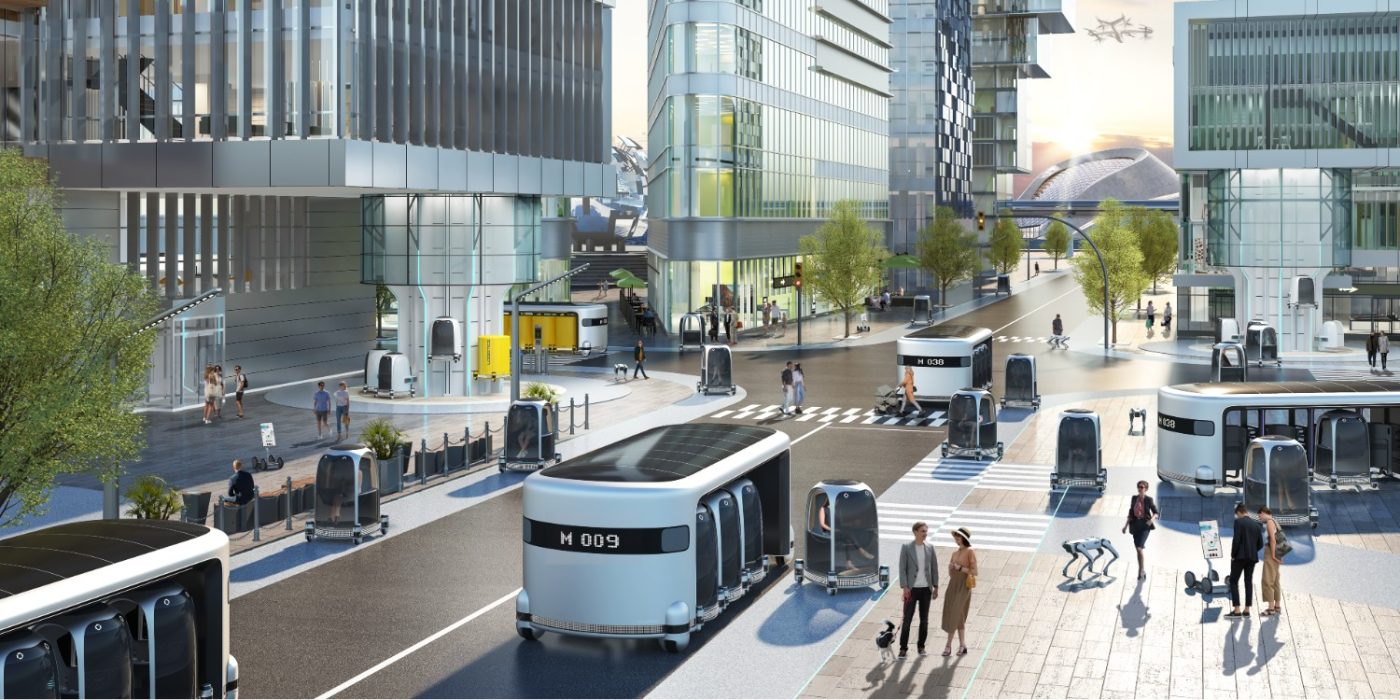
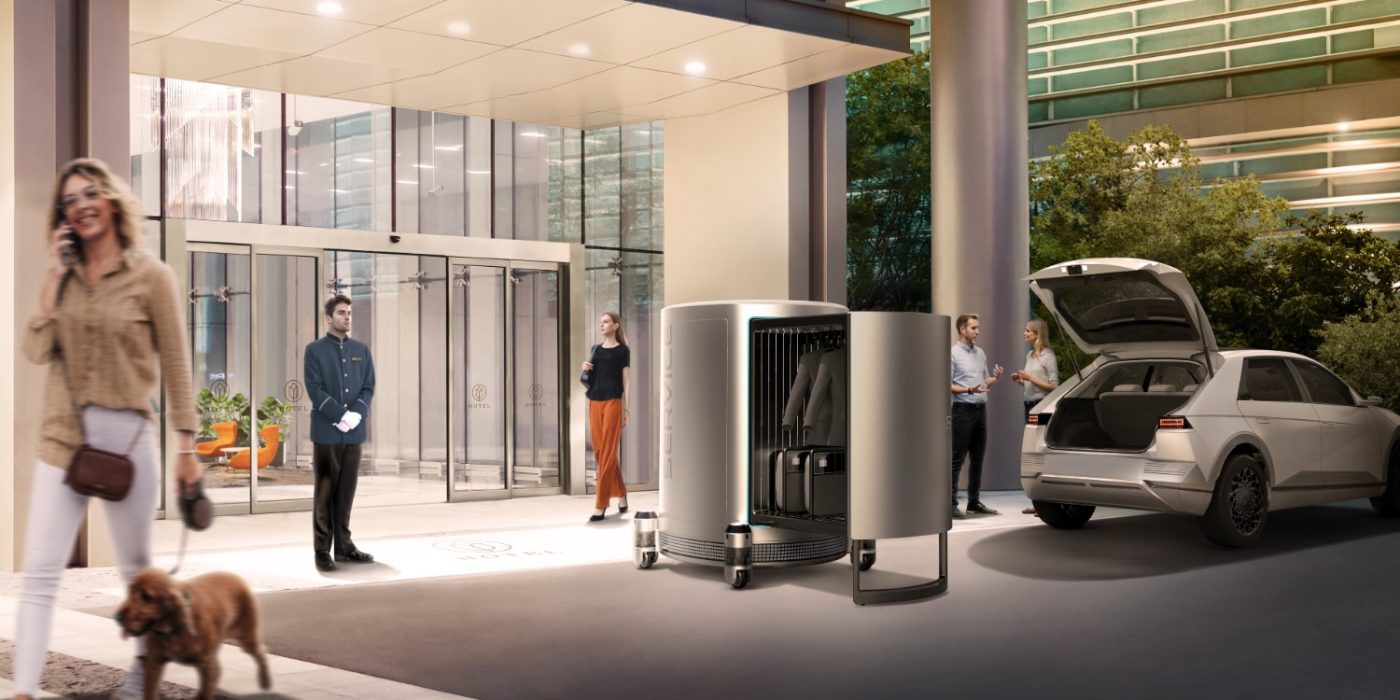
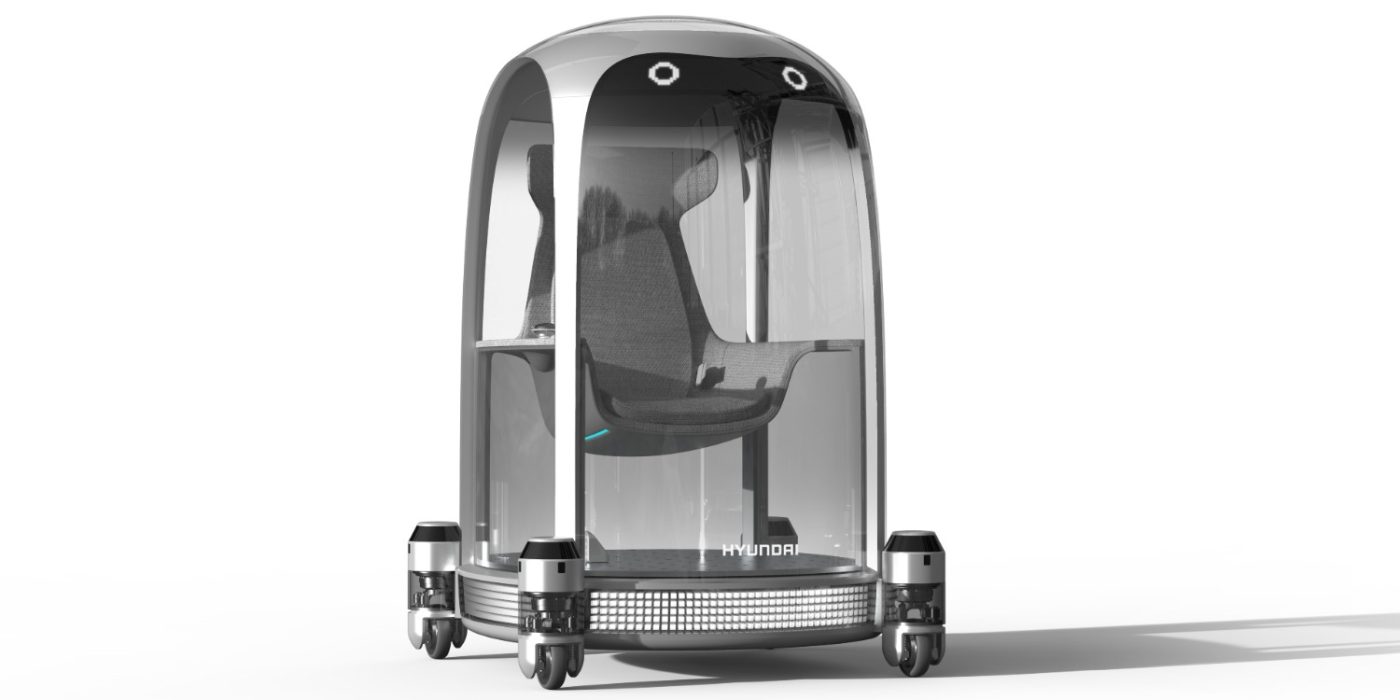
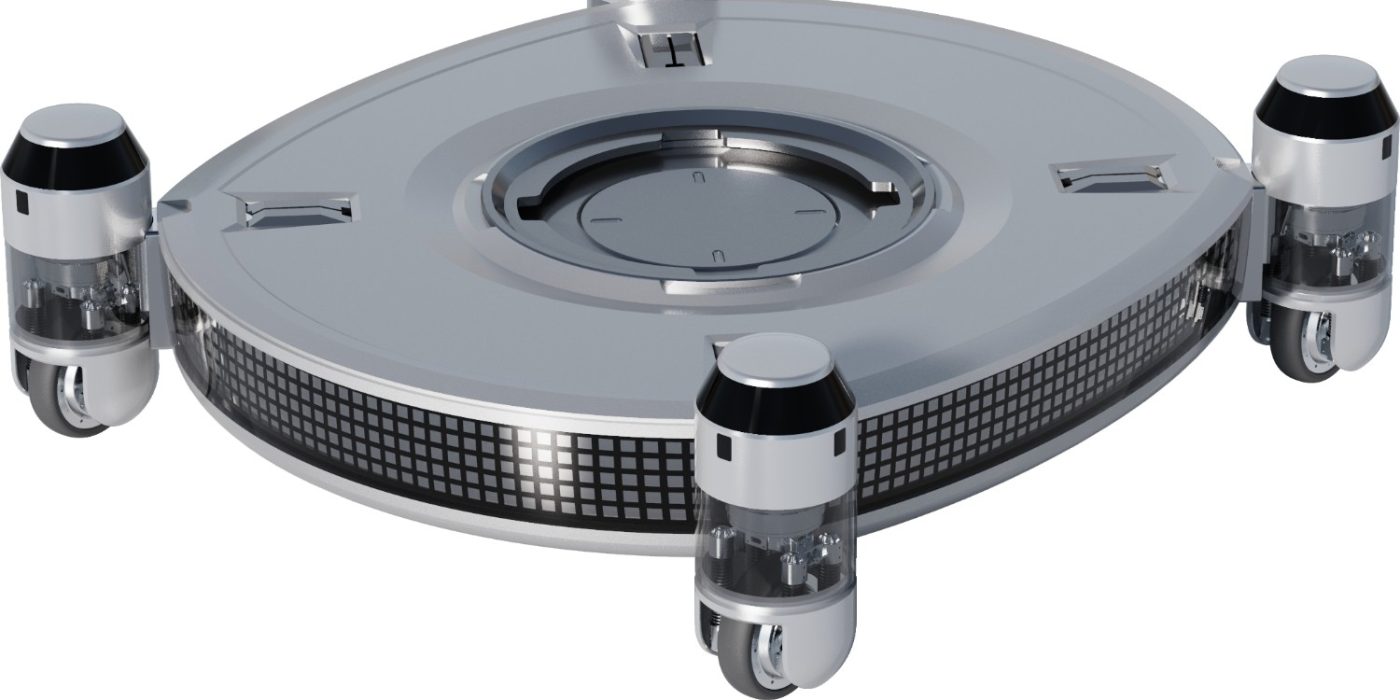
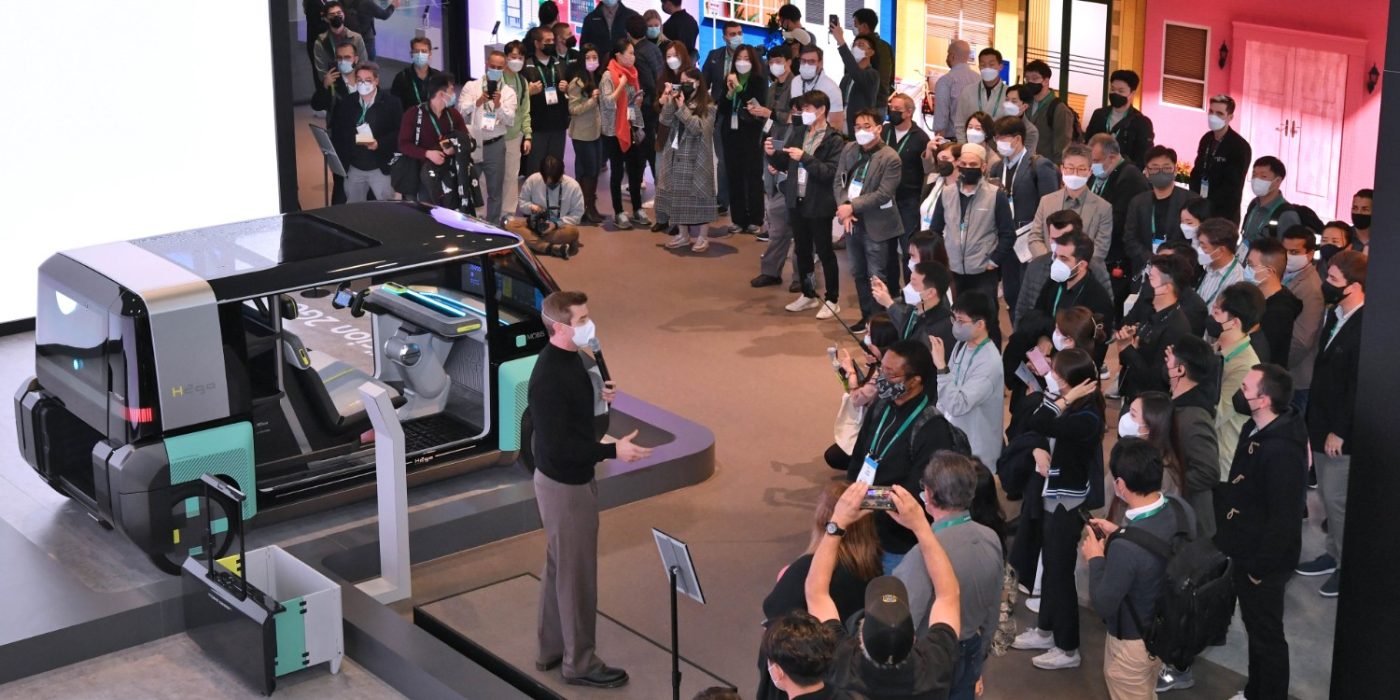
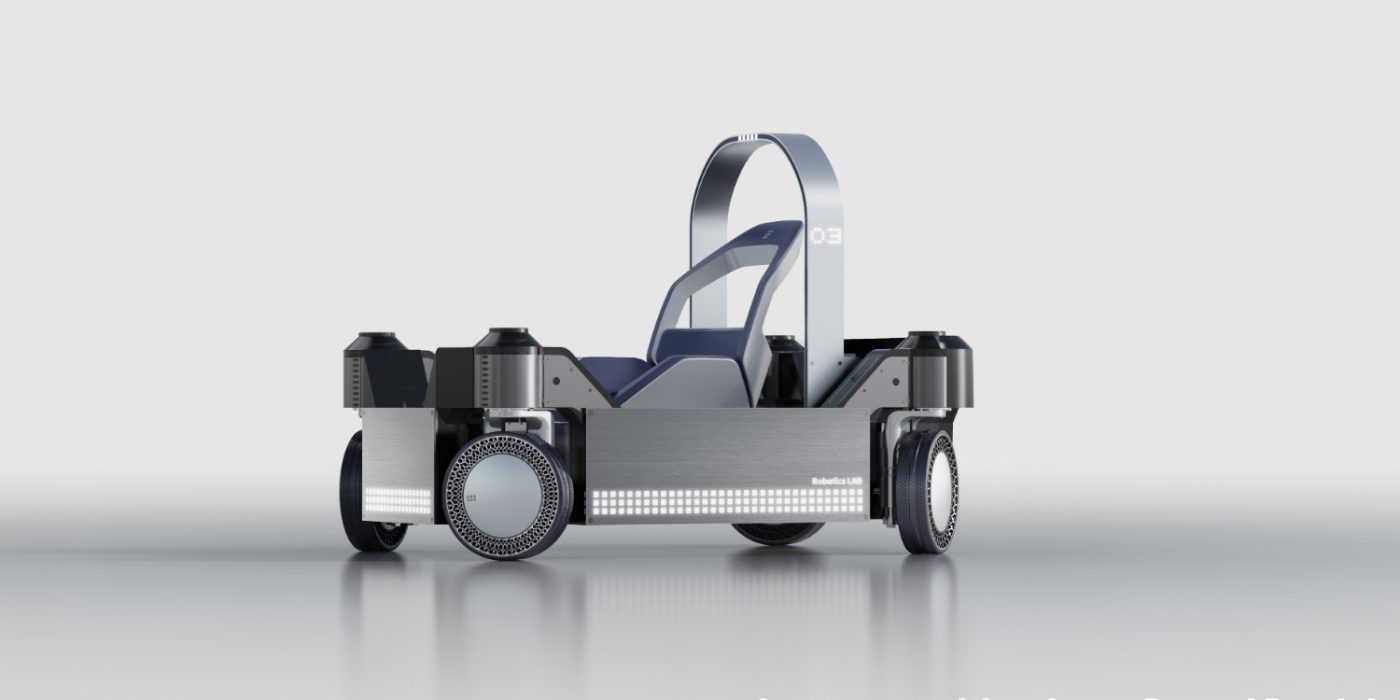
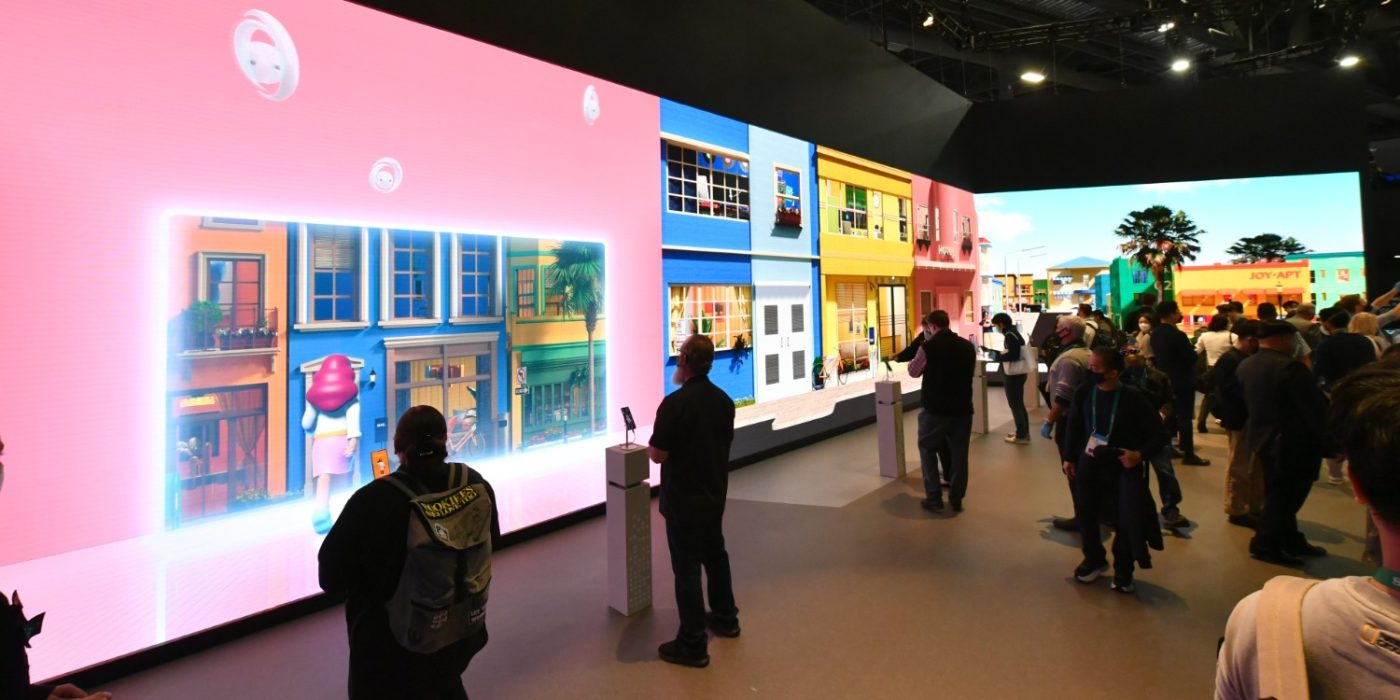
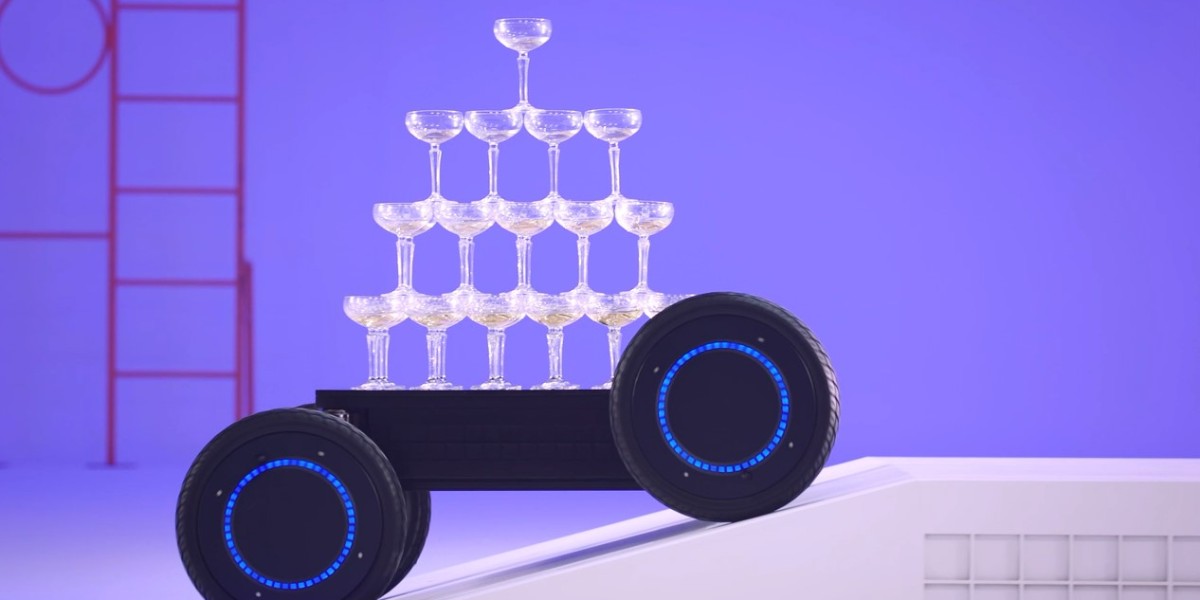
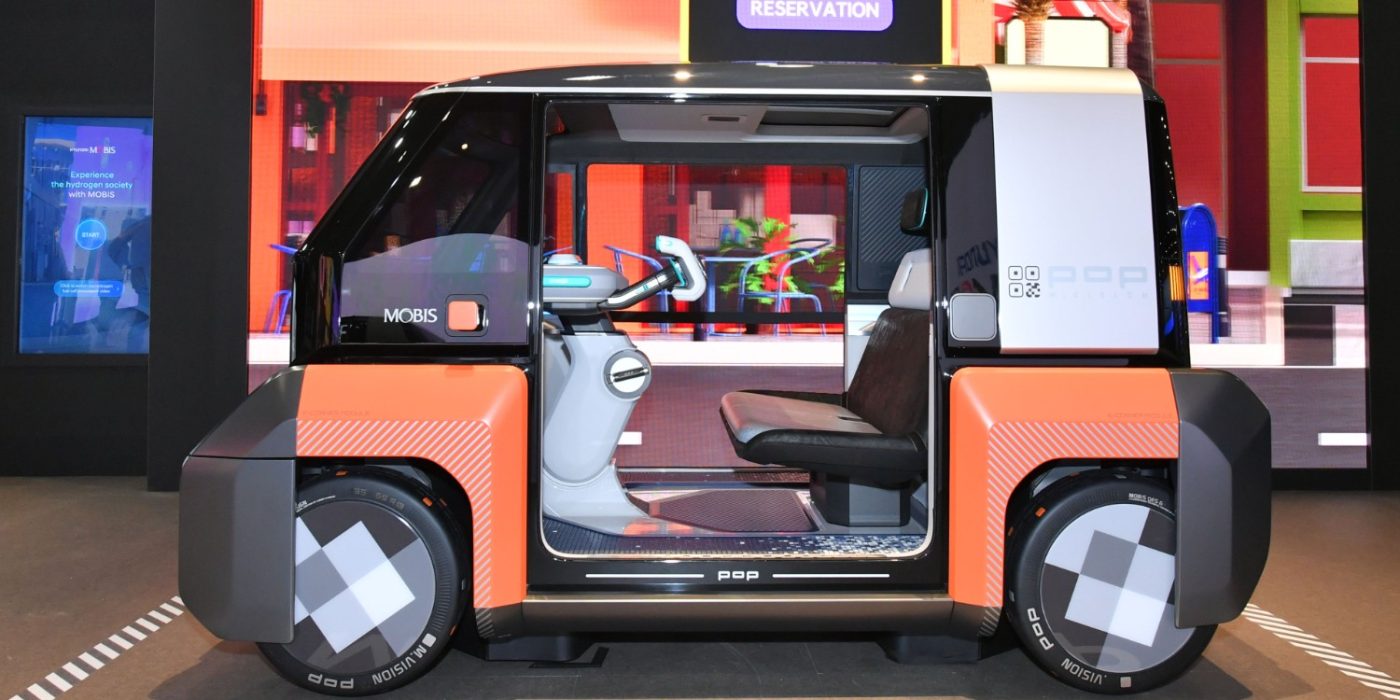
In the transport sector, for example, the technology could be used to “individualise local public transport”: “It is conceivable, for example, to have a personal mobility module that is initially docked to a kind of mother shuttle, but detaches itself from the main vehicle shortly before reaching its destination and takes the passenger directly to the front door,” the company wrote. This single-seater “Personal Mobility Concept” could be operated via an intelligent joystick without a steering wheel or pedals.
carscoops.com, en.mobis.co.kr, hyundai.news (PnD)


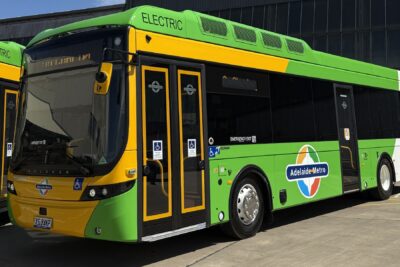

0 Comments